Up to now, the economic efficiency of the "mountain rice" and "intercropping rice" models has affirmed the correctness of the implementation of the Party Committee, the Command of the 15th Army Corps ( Ministry of National Defense ), local authorities and farmers, contributing significantly to the transformation of crop structure and stabilizing the lives of people in border areas.
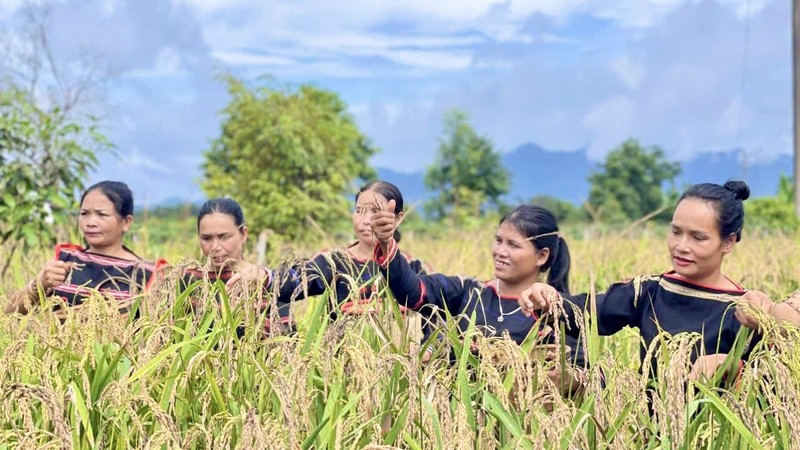 Illustrative photo. (Source: Dai Doan Ket Newspaper)
Illustrative photo. (Source: Dai Doan Ket Newspaper)In recent years, along with intercropping rice (rice grown in replanted rubber plantations), the model of "rice grown on the mountain" supported by soldiers of the 15th Army Corps has truly been a "fishing rod", helping thousands of Gia Rai ethnic minority households to overcome poverty and backwardness.
Colonel Khuat Ba Cao, Secretary of the Party Committee of Army Corps 15, said: “Since 2014, inheriting the effectiveness of the model of “rice grown on the mountain”, the Party Committee of Army Corps 15 has determined the policy, focused on leading, directing, deploying units to support seeds, fertilizers, technical guidance and creating conditions for local people to grow rice on land replanted with rubber trees.
People who did not know how to do it and did not want to do it have now become attached to wet rice and intercropping rice because of its effectiveness. The above model not only expands the area of crops for people but also helps thousands of households in the border areas to eliminate hunger, reduce poverty, increase income, and stabilize their lives; it has been highly appreciated by local authorities and replicated in villages in the border areas of the Central Highlands provinces.
Coming to Ia Nan, Ia Din, Ia Dok, Ia Krel communes of Duc Co district, Ia O, Ia Chia communes of Ia Grai district ( Gia Lai province) ... this season, the golden color of ripe rice fields is immense. Farmers are busy in the harvest season, everyone's face is happy because the rice grains, the "golden grains" of the army help bring practical results. The good news is that now many families not only know how to plow the land, fertilize, sow seeds, and take care of rice plants in the right season, but they also know how to use harvesters and threshers to harvest rice.
Lieutenant Colonel Pham Xuan Tri, Director of Company 72, shared that at first, the unit's officers went to the villagers to propagate and guide them to reclaim land for wet rice cultivation; at first, the people were still hesitant and opposed, because they did not believe that wet rice could grow on the mountains and in "sour, drought-prone" areas.
If people do not believe, they must be made to believe. The unit continues to reclaim land, improve and restore acid sulfate soil, invest more than 500 million VND, plant nearly 16 hectares of rice, 3 km of irrigation canals, and apply techniques from planting to fertilizing, spraying pesticides, and caring...
Thanks to that, the rice grew quickly, greened well, and had a good harvest. The Company's leaders invited villagers and local authorities to both propagate the method of growing wet rice and hand over the golden rice fields with heavy grains with a yield of 37-40 quintals/ha, seven times higher than that of upland rice. The model of "Wet rice on the mountain" has been highly appreciated by local authorities and has been widely replicated throughout the province's border areas.
Mr. Ro Cham Bom, village elder of Krêl, Ia Krêl commune, Duc Co district, Gia Lai province, shared: Since receiving rice seeds from the army to eat and store in the warehouse, people have no longer had to worry about hunger. Since 2014, in addition to creating conditions for people to grow rice on land replanted with rubber trees, Army Corps 15 has also sent cadres to the village, to people's houses and to the fields to instruct people on how to plant, care for and harvest rice; support seeds and fertilizers; on average, each household grows five sao, and those who take good care of the rice can harvest 5-6 quintals/sao.
Since planting more rice, people no longer suffer from hunger during the lean season. The good news is that thanks to the guidance of the army, people's awareness of working hours has changed. If in the past, villagers went to work at 9am and returned home at 3pm, now they go to work at 5-6am, return home at noon, and go to work in the afternoon until 4-5pm. Thanks to going to work on time, knowing the techniques of planting trees, growing rice, etc., the household economy has developed.
According to Chairman of Duc Co District People's Committee Vu Manh Dinh, the model of growing "rice on the mountain" chosen by the district to implement the conversion of crop structure has been effective and brought high economic profits. The above model has changed the working time, thinking, and customs of growing plants in general, and rice in particular, of ethnic minorities.
With the guidance and support of the cadres and workers of the 15th Army Corps and other departments and branches, local people have become familiar with and boldly plowed the land, turned over grass, sowed seeds, fertilized, and improved the acidic and alum soil to grow wet rice. Because it is suitable for the climate and soil conditions and easy to grow, the “mountain rice” and “intercropped rice” plants grow very quickly, with high and stable productivity, low cost, and high economic efficiency.
Source: https://baodaknong.vn/mua-vang-am-no-mien-bien-cuong-236331.html








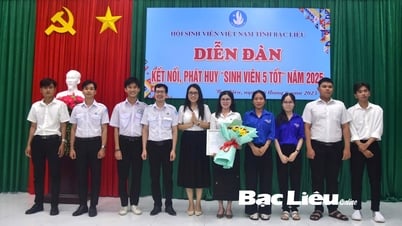
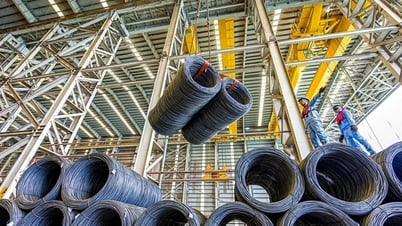


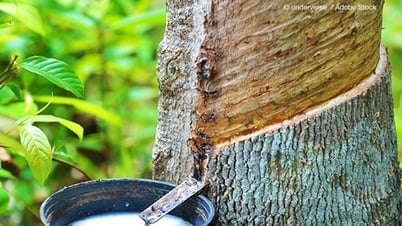

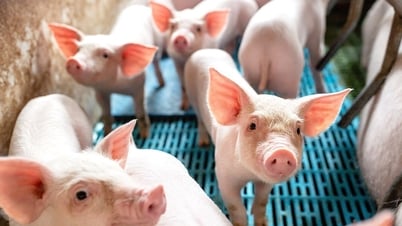







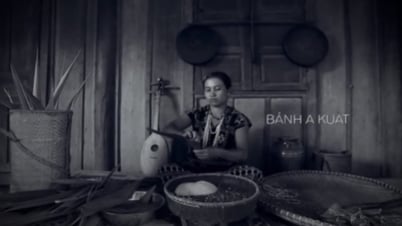






























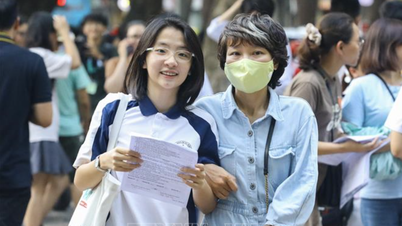
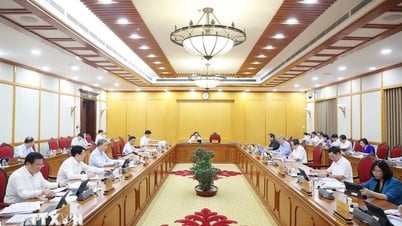




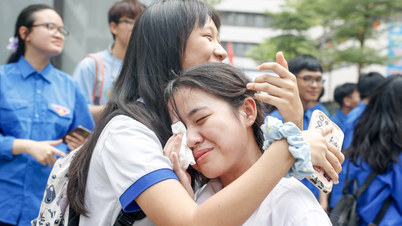



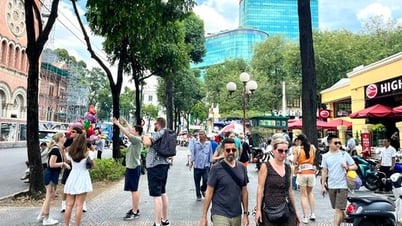


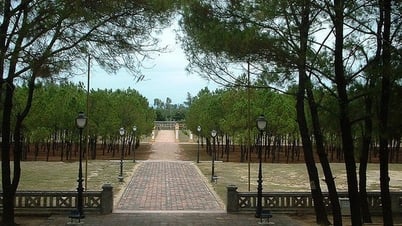
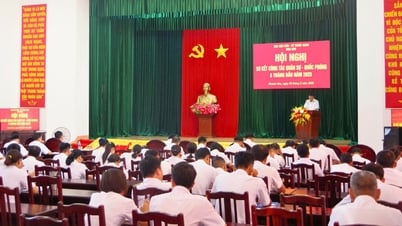





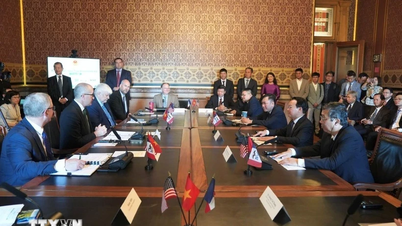











![[OCOP REVIEW] Tu Duyen Syrup - The essence of herbs from the mountains and forests of Nhu Thanh](https://vphoto.vietnam.vn/thumb/402x226/vietnam/resource/IMAGE/2025/6/5/58ca32fce4ec44039e444fbfae7e75ec)



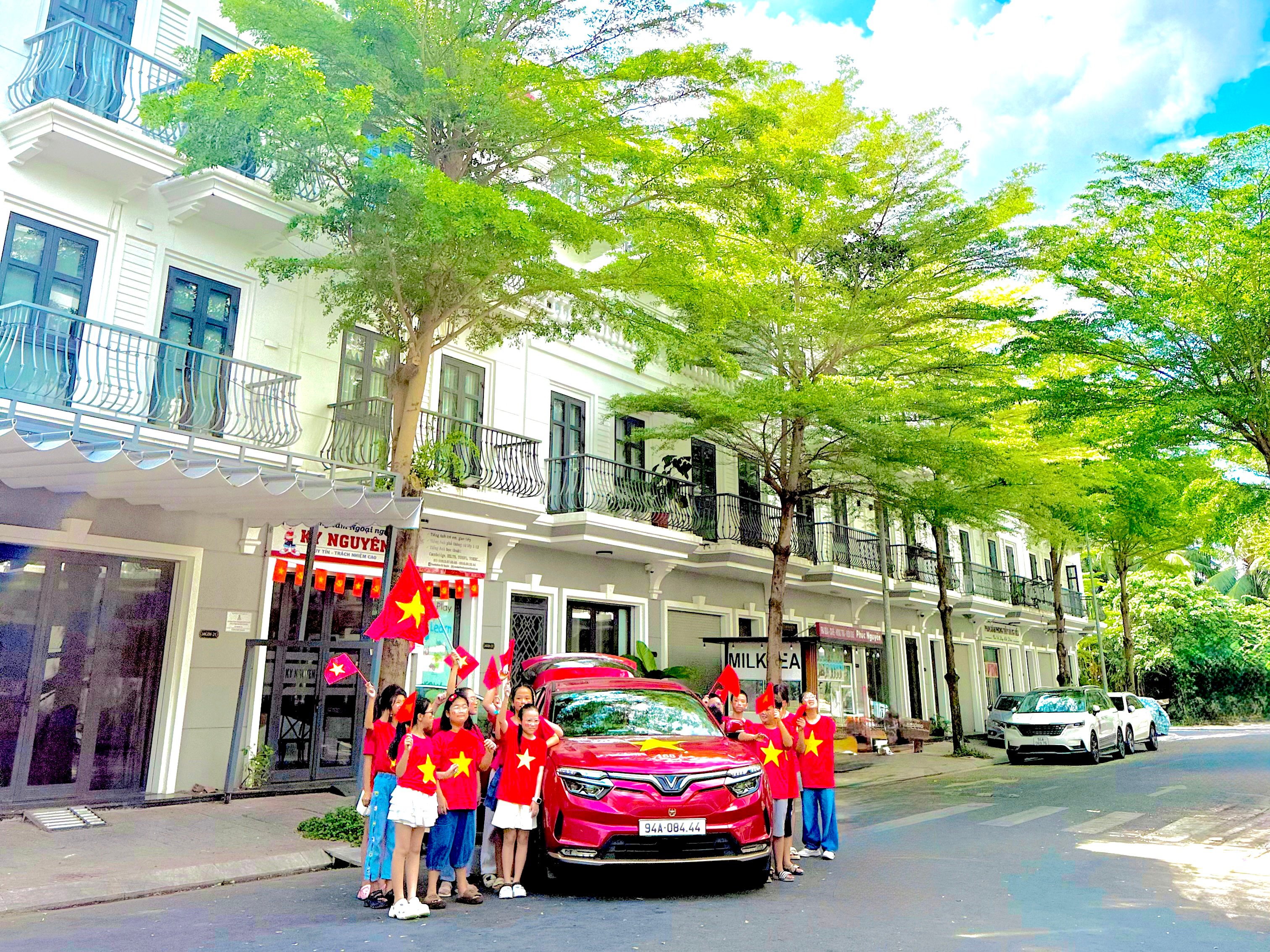
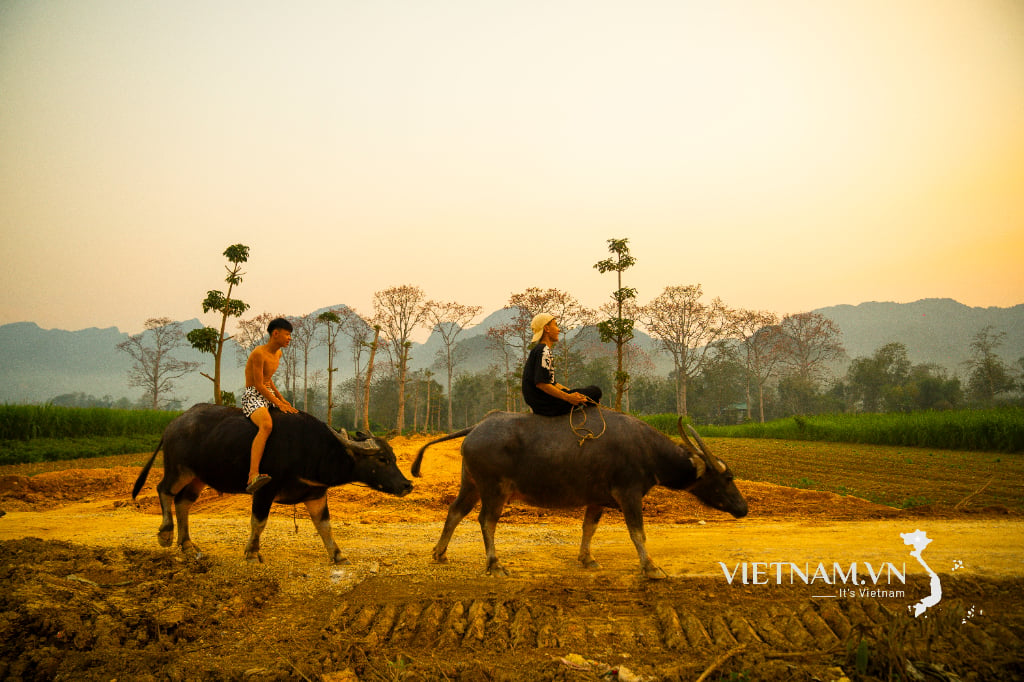
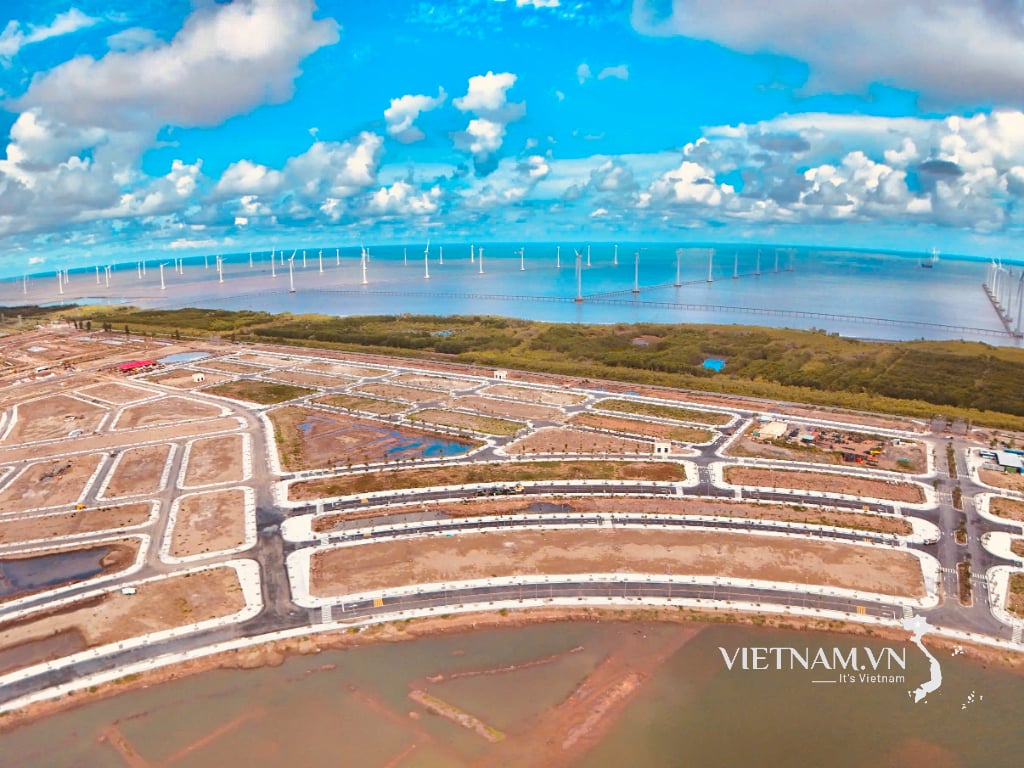
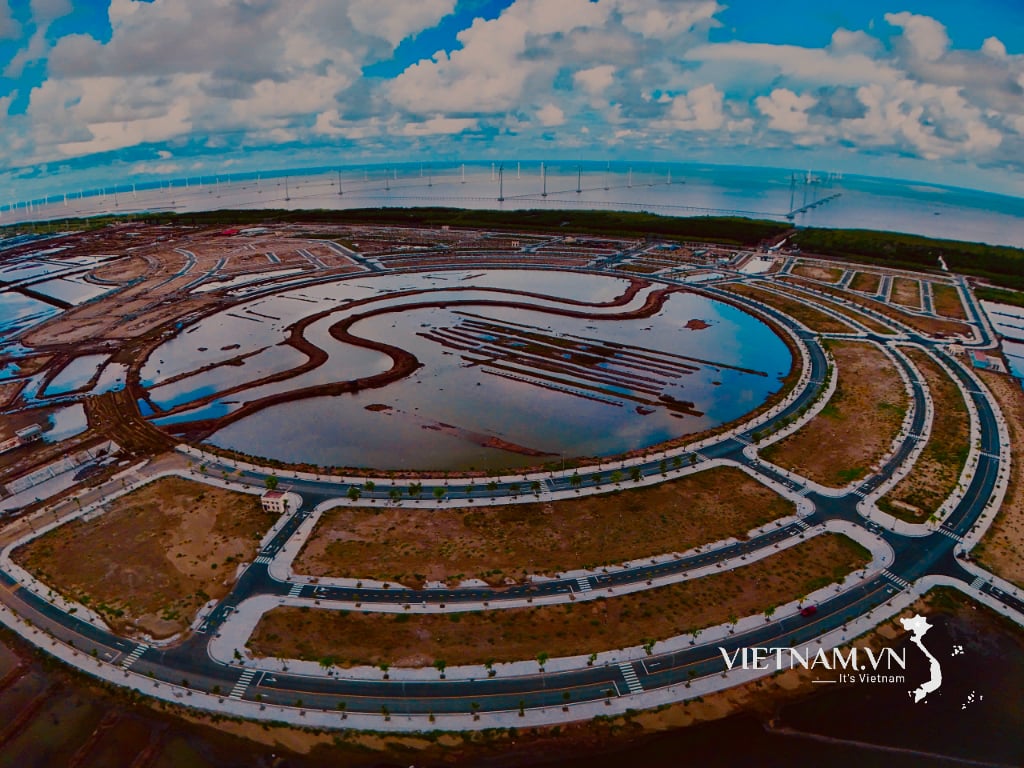
Comment (0)